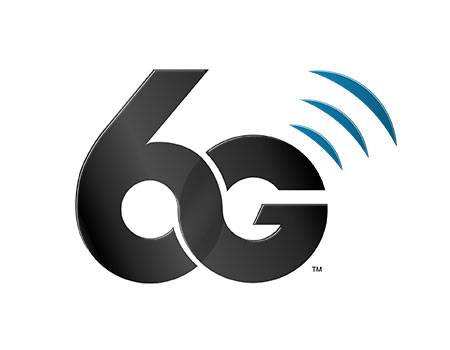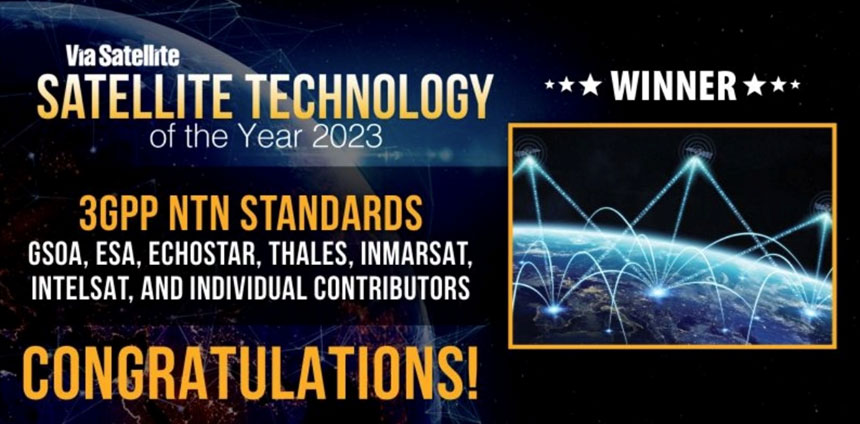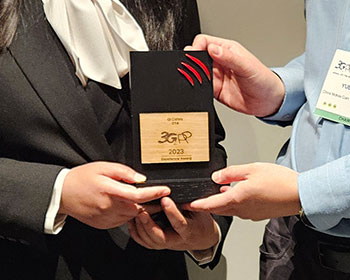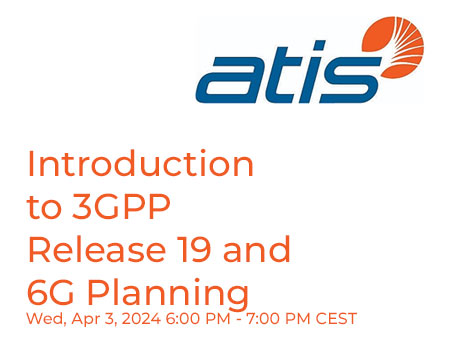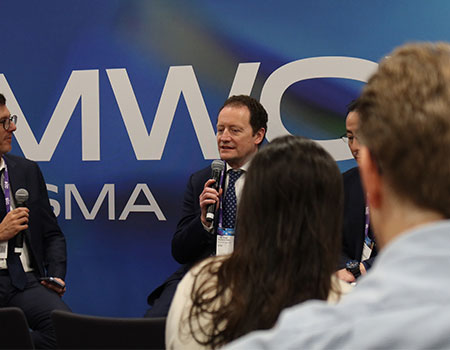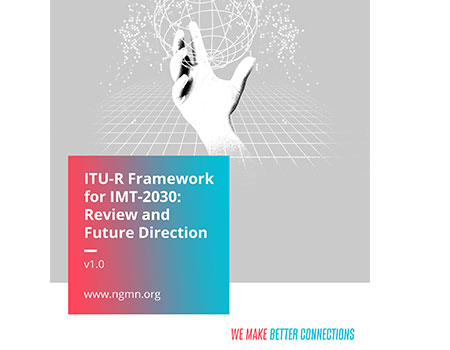Interview - The Core Network for 5G
December 7, 2016
At TSG#74 in Vienna, Adrian Scrase and Georg Mayer talked about the features that will lead to the first 5G systems from 3GPP and considered the need for a more flexible & customized approach to the next generation of core networks...See the video Interview.
Adrian Scrase (AS): To what extent have we completed our studies in to the future of our core networks, what should a 5G core network look like?
Georg Mayer (GM): Studies are about to be completed at the Stage 2 level and the groups doing the protocol and the more detailed work are getting ready to work on the phase between Release 14 now and then looking in to the details of what we will call the 5G network.
AS: What sort of features are you considering in this new core network?
GM: I know that there is a lot of talk about evolution and revolution, I am not sure if I’m too fond of this view. We will produce a healthy mix of both. So, we have an existing core network – the EPC – and we will develop that in to the future.
We look at the network on a per feature basis, we decompose the network functions in to different instances that can be instantiated on a per need basis. The network will become flexible, customizable, based on the requirements that the specific feature, the operator or the vertical has. That is what we think can be achieved by topics like virtualization and slicing – these are the main things we have to start working on, looking in to them in order to see how the core network will evolve.
AS: Inherent within the core network development will be the reconsideration of the protocols that are required. To what extent is this going to be a radical review, or is it just a fine-tuning of what we currently have?
GM: That will most likely be one of the biggest tasks of the core network groups, to look in to the requirements we get, [including] the views on how the core network should look in detail and then looking in to the protocols that we already have. We have to re-evaluate them, we have to see if they are still fitting the needs or do we need alternative protocols and are they already on the market or do we need to task somebody to come up with new protocols, or can we do them ourselves?
We also will have – talking about virtualization – completely new interfaces where we, so far, did not define any protocols for it. So, we will also need to take care to make good choices from protocols, on the market, that satisfy our needs.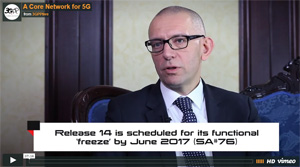 AS: In the context of 5G, are we looking at having both a new evolved core network together with our existing core network, or do you see this morphing in to a new core network in the future?
AS: In the context of 5G, are we looking at having both a new evolved core network together with our existing core network, or do you see this morphing in to a new core network in the future?
GM: I think it will be morphing in to a new core network and we will evolve the existing features, but we will break it up more – we will make it more flexible – allowing the network operator to customize it in the way that is needed, at any moment. It will not be something that you would have to say how the network will look, it can be done on demand.
AS: ETSI has completed their analysis of next generation protocols and determined that there are many things that could be improved. How valid is this work being done in the external bodies and how will that work be brought in to 3GPP?
GM: What is happening outside of 3GPP is a great movement, it shows us that 5G is really the thing to do and many standards bodies are interested in the work and it is getting more and more in to the detailed layer – where people are talking about protocols and how they should be handled in the future.
ETSI NG Protocols are thinking very much along the lines of the existing IETF protocols and how they will evolve in the future. In 3GPP we have well established communications and coordination with the IETF already. It is two different worlds …We have to see in the demanding timeline – how we can send our requirements to the IETF, so that they can start working on [5G] protocols. I understand that ETSI Next Generation Protocols (NGP) is working on requirement views for new protocols and we will take this work in to account and we need the people to come to us, so that we are contribution driven.
We established a liaison connection with ETSI NGP, looking at some of the things that they have produced and I see this evolving in the future. It shows very clearly that 5G is not just the network that 3GPP produces, but that it is far more – this goes in to the fabric of the internet. More-and-more accesses are mobile and that is the thing we are working on.
AS: Can this be produced in time, for the early release of 5G networks in 2018?
GM: I guess the first or second time you interviewed me you had a similar question about Mission-critical push-to-talk (MCPTT) and we did it in time, although people were doubtful. We have a very well established way of working in 3GPP with very good communication among the different working groups, so we are planning ahead for meetings for the next two years already and I am convinced that the people know each other and we can do the work in the envisaged time.
See the interview at: https://vimeo.com/196410115

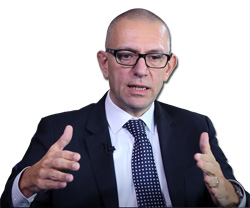
 3GPP News
3GPP News